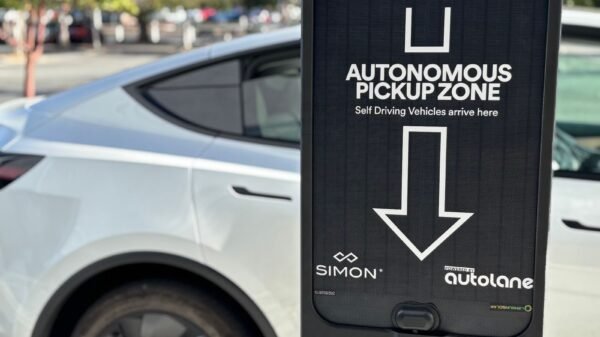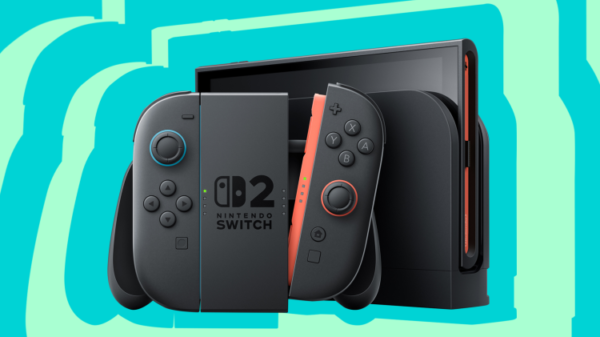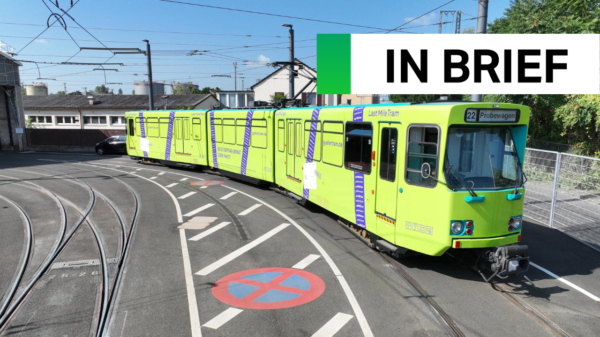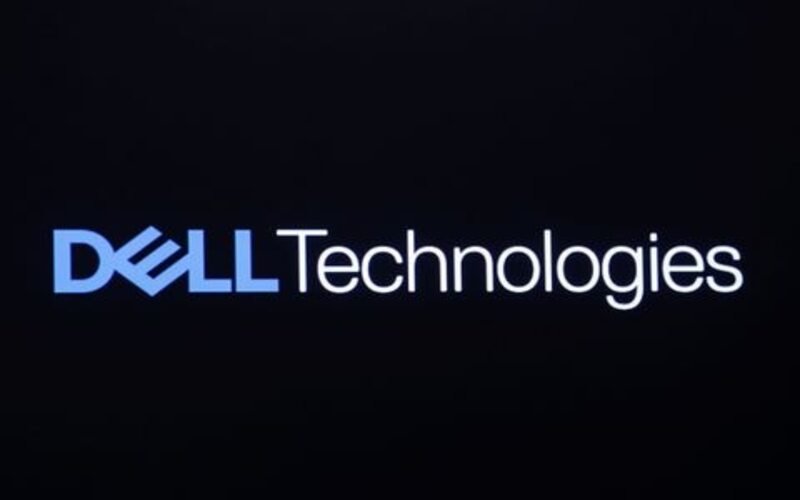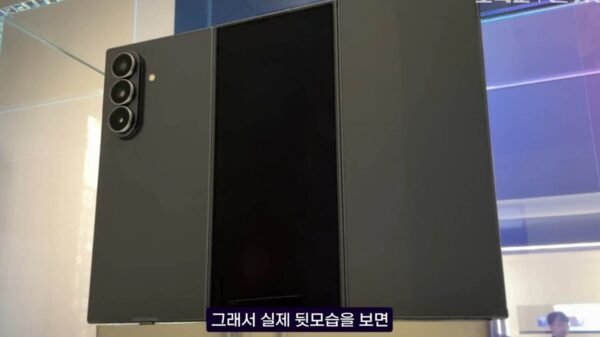THE BEST SMART HOME DEVICES FOR ENERGY EFFICIENCY: REVIEWS AND RECOMMENDATIONS
Are you looking to save energy and lower your utility bills? Say hello to smart home devices! From thermostats to power strips, these devices can help you save energy and money while making your home more convenient and comfortable.
KEY TAKEAWAYS
- Thermostats, lamps, plugs, power strips, and energy monitors are smart home devices that may help you save energy and lower utility costs.
- One of the most widely used energy-saving devices is the smart thermostat, which uses your preferences and past actions to determine the ideal temperature for your home.
- By altering the brightness and color temperature to your demands and schedule, smart lighting may reduce energy consumption.
- Smart plugs and power strips may help you reduce energy waste and switch off standby power.
- Smart home energy monitors may help you pinpoint the appliances or rooms in your home draining the most energy and offer precise energy consumption statistics.
- Consider the features, compatibility, and simplicity of use when selecting smart home devices for energy efficiency.
- In addition to saving money, using smart home energy efficiency devices helps the environment.
INTRODUCTION
We can now automate and manage many parts of our homes thanks to smart home devices, which have revolutionized our lives. These devices, including anything from lighting to thermostats, have improved our lives in several ways. But, as energy efficiency becomes more important, it is essential to consider how smart home devices affect our energy usage.
In this article, we’ll examine the best smart home energy efficiency devices in more detail, offering assessments and recommendations for products that can help you save energy and reduce your carbon footprint. But before we get to that, let’s define “smart home energy efficiency” and discuss why it’s so important.
Smart home appliances are electronic devices and systems connected to the internet and controlled remotely by a smartphone, tablet, or voice assistant. You may automate and manage many areas of your home with these devices, including lighting, heating and cooling, security systems, and even appliances.
Energy efficiency is using less energy to achieve the same or better results. In other words, it’s about maximizing our energy while reducing waste and environmental damage. Energy efficiency is essential because it enables us to reduce our reliance on fossil fuels, save money on our power bills, and avoid climate change.
This article aims to provide you with a comprehensive review of the best smart home energy efficiency devices. After reading our evaluations and recommendations of some of the best available devices, you’ll have the information you need to make an informed decision. So, what are some of the best energy efficiency devices for smart homes? Let’s step back for a moment and take in the larger picture.
The smart thermostat, which learns your temperature preferences and behaviors to help you maintain your home at the right temperature, is one of the most popular energy-saving devices. Smart lighting may help conserve energy by adjusting brightness and color temperature based on the time of day and other environmental parameters. By shutting off standby power, smart plugs and power strips may help you save energy. Smart home energy monitors may help you locate energy-consuming items or areas and give you exact energy consumption information.
We’ll go further into these devices in the following sections, giving detailed information on their features, benefits, and recommendations for the best ones available. At the end of this article, you’ll better understand how smart home devices may help you save energy and reduce your carbon footprint.
SMART THERMOSTATS

Photo: PCMag
A smart thermostat is a gadget that lets you control your home’s temperature from a smartphone, tablet, or voice assistant. A smart thermostat may help you conserve energy and lower your electricity costs by adjusting your home’s temperature based on your preferences and behavior.
Several alternatives are available on the market when selecting a smart thermostat. The Nest Learning Thermostat, Ecobee smart thermostat, Honeywell Home T9, and Sensi Touch Wi-Fi Thermostat are some of the best-selling types. Let’s evaluate the features and advantages of each of these models in more detail.
The Nest Learning Thermostat is a popular option and features a sleek, elegant appearance that can be adjusted to fit the décor of your home. In addition, your home’s temperature may be adjusted based on your schedule and preferences thanks to machine learning algorithms that understand your preferences and behavior. Along with voice control via Google Assistant and Amazon Alexa, it also features a smartphone app that enables remote thermostat control.
Another well-liked choice is the Ecobee smart thermostat, which has a sleek appearance and cutting-edge features like built-in Alexa and HomeKit compatibility. It also has room sensors that let you control the temperature in individual rooms and change it based on occupancy.
If you want a thermostat with a more conventional appearance, the Honeywell Home T9 is a wonderful option. It features geofencing technology that can detect when you’re gone from home and adjust the temperature appropriately, as well as voice control with Amazon Alexa and Google Assistant.
The Sensi Touch Wi-Fi Thermostat is a cost-effective option with many of the features of more pricier versions. A smartphone app or voice assistant may be used to operate it, and it features a touchscreen display.
There are various features to look for when selecting a smart thermostat. A key feature is a capacity to “learn” your routine and preferences to adjust the temperature appropriately. With voice assistants and other smart home gadgets, you should also look for compatibility with your house’s heating and cooling system.
There are several advantages to adopting a smart thermostat for energy savings. Adjusting your home’s temperature may reduce your yearly energy costs by as much as 10 to 15 percent. Smart thermostats may also help you reduce energy waste by regulating the temperature while you’re away from home or sleeping. In addition, they provide you with extensive information about your energy use, which might help you find more ways to cut it down.
SMART LIGHTING

Photo: Homey
Smart lighting is a system that may be operated from a distance using a smartphone, tablet, or voice assistant. The goal of smart lighting is to provide homeowners with a simple and effective method to manage their lighting, which in turn reduces energy use and utility expenditures.
Several alternatives are available on the market when selecting a smart lighting system. The Philips Hue, LIFX, Sylvania Smart+, and GE C by GE are just a few of the best models available. Let’s examine these models in further detail and contrast their features and advantages.
One of the most popular smart lighting systems is Philips Hue, and for a good reason. Using a mobile app or voice assistants, it features a wide range of lights, fixtures, and accessories. You may design a unique lighting experience in your house thanks to the wide range of colors and tones it offers.
LIFX is another popular smart lighting system that offers a wide range of colors and tints. However, LIFX stands out because it can connect directly to your home’s Wi-Fi network without needing a hub or bridge.
For those wishing to experiment with smart lighting, Sylvania Smart+ offers a cost-effective alternative. For a unified smart home automation experience, it offers a range of smart bulbs and fixtures that a smartphone app or voice assistant can manage.
Another well-liked smart lighting system that offers a range of bulbs and fixtures is GE C by GE. It also features a unique “C Sleep” technology that varies the color temperature of the lights throughout the day to replicate natural sunshine, leading to increased sleep and energy levels.
There are many features to consider when selecting a smart lighting system. Connectivity with voice assistants and other smart home devices is a key element that enables a smooth home automation experience. Customizing the hue and intensity of the lights is another crucial element that may help you set the mood.
There are several advantages to employing smart lighting for energy savings. Compared to incandescent bulbs, energy-efficient LED bulbs may save you up to 80% of your lighting costs. Smart lighting solutions also enable you to manage your lights remotely, ensuring that they are not left on when not in use, leading to extra energy savings.
SMART POWER STRIPS

Photo: Department of Energy
Every smart home would benefit greatly from installing a smart power strip, which provides a practical and energy-efficient power management method. A smart power strip is just an extension cable with many outlets, each of which may be individually controlled through a smartphone app or voice assistant. This enables you to effortlessly switch off the power to devices not in use, lowering energy usage and your monthly expense.
When selecting a smart power strip, you have a few different alternatives to consider. Some top models are the Belkin Wemo Insight, TP-Link Kasa Smart, and the Aukey Wi-Fi Smart Power Strip. Let’s examine these models in further detail and contrast their features and advantages.
The Belkin Wemo Insight is a popular alternative that offers six outlets, each of which can be controlled individually using the mobile app or voice assistants. It also features energy monitoring, so you can see how much power each gadget is sucking out of the wall and find places where you can cut it down.
Another popular choice is the TP-Link Kasa Smart, which offers six outlets, four of which are individually controlled and two of which are constantly on. It also features surge protection to safeguard your devices from power surges and voltage spikes.
The Aukey Wi-Fi Smart Power Strip offers a suitable substitute if you want to check out a smart power strip but don’t want to break the bank doing so. In addition to four always-on outlets, it also features four outlets that can be switched on and off individually. It also offers energy monitoring, allowing you to track your energy use and identify problem areas.
When choosing a smart power strip, there are a lot of different aspects to take into account. An important factor is the number of outlets, ensuring you have enough space to plug in your devices. Connectivity with voice assistants and other smart home devices is another important aspect, allowing for a smooth home automation experience.
There are several benefits to using smart power strips for energy efficiency. First, by shutting off the power to devices that are not in use, you may save as much as 10% on your monthly energy bills. Another characteristic of smart power strips is surge protection, ensuring your devices are protected from power surges and voltage spikes.
SMART HOME ENERGY MONITORS

Photo: EcoWatch
Smart home energy monitors are a great tool for people wishing to reduce their energy consumption and save on their power costs. These devices monitor your home’s energy usage in real-time and specify which devices use the most energy. With this knowledge, you can make educated choices about how to reduce your energy consumption and increase the efficiency of your home.
The Sense Home Energy Monitor, the Neurio Home Energy Monitor, and the Emporia Vue Smart Home Energy Monitor are just a few of the best smart home energy monitors now available. Let’s examine each of these models in more detail and weigh the pros and cons of each.
The widely used Sense Home Energy Monitor offers your home real-time energy monitoring. You may find places where you can reduce your energy consumption by tracking the energy usage of each gadget. Moreover, it offers the option to create alerts for when devices consume excessive energy, or anomalous energy usage trends are discovered.
Another excellent choice that offers real-time energy monitoring for your home is the Neurio Home Energy Monitor. It gives you specific information on energy usage, such as when and which devices use the most power. To help you keep track of your energy usage, it also offers the option to create alarms and reminders.
The Emporia Vue Smart Home Energy Monitor offers real-time energy monitoring for your home at a reasonable price. It gives you information on your energy usage, such as daily and monthly energy consumption reports. It also offers the opportunity to create alarms and reminders to help you reduce your energy consumption.
Various factors should be considered while deciding on an intelligent home energy feature monitor. Real-time energy monitoring is an essential function to keep tabs on your energy use and make any required adjustments. Furthermore, crucial to a pleasant home automation experience is the ability to link to other smart home devices.
Using smart home energy monitors to save money on your utility bills is only one of many benefits. Keeping track of your energy use and identifying areas where you may save money can reduce your monthly power bills by as much as 20 percent. In addition, smart home energy monitors allow you to create notifications and reminders to help you stick to your energy efficiency goals.
SMART PLUGS
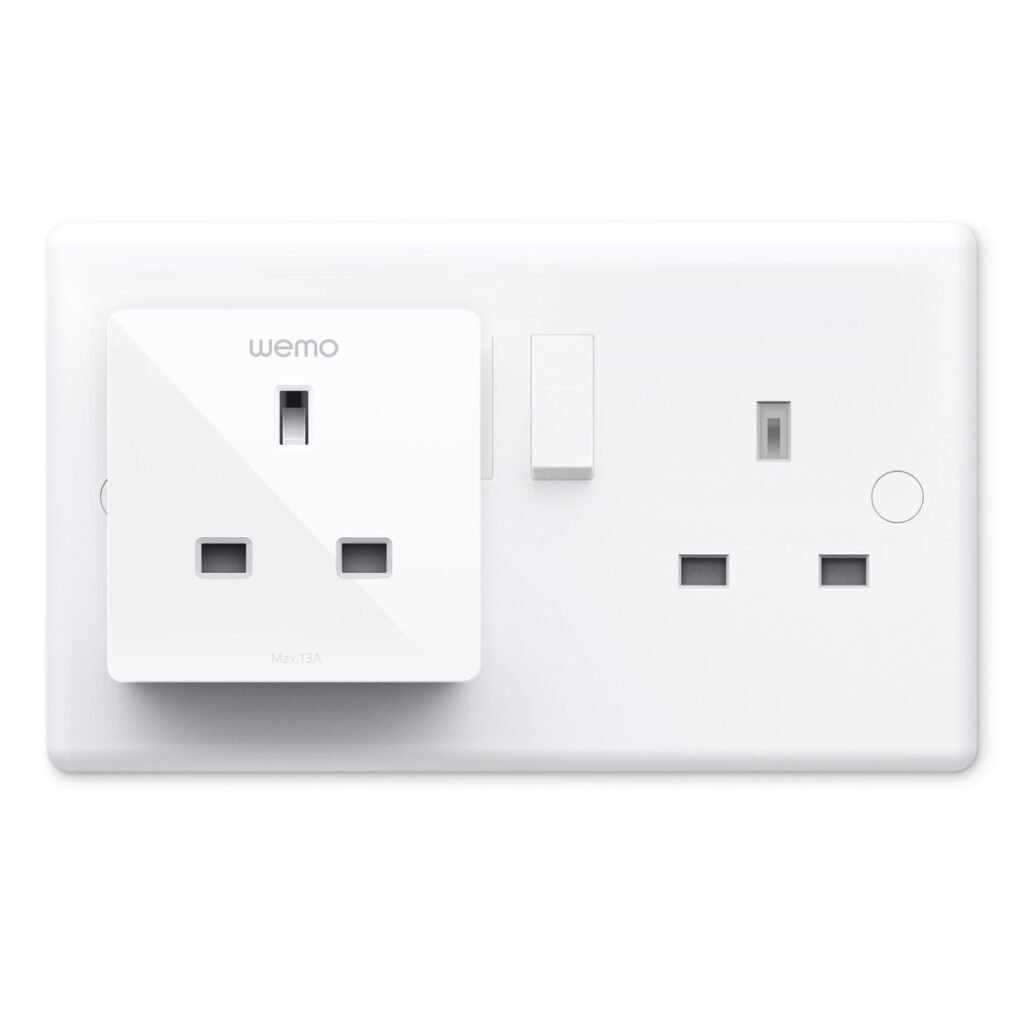
Photo: Apple
The way we live has been transformed by smart home technology, which offers a more practical and energy-efficient way of life. For example, smart plugs provide a simple way to increase the energy efficiency of common household appliances. The definition, comparison, characteristics, and advantages of adopting smart plugs for energy efficiency will be covered in this article.
Smart plugs are tiny electrical devices that connect to your home’s Wi-Fi network and enable voice commands or a smartphone app to operate your appliances remotely. By allowing you to switch on and off your appliances remotely, they help you save money on energy costs.
By cutting down on wasteful energy use, a smart plug may help you save money on your energy costs. Even while you’re not at home, you can switch off appliances using a smart plug. This aids in reducing the energy waste that results from appliances being kept in standby mode.
Choosing the best among the various smart plugs on the market might be difficult. However, some of the best smart plugs now on the market are as follows:
- The TP-Link Kasa Smart Wi-Fi Plug Mini is a small and cheap smart plug that can be connected to your home’s Wi-Fi network and used to manage your appliances using a smartphone app or voice commands.
- Another low-cost alternative is the Wemo Mini Smart Plug, compatible with the aforementioned virtual assistants and Apple HomeKit. In addition, you may use voice commands or a smartphone app to operate your appliances.
- The Amazon Smart Plug is an easy-to-use smart plug that connects to Alexa and allows you to control your appliances with voice commands.
There are several features to look for when selecting a smart plug, including:
- Make that the smart plug is compatible with your smart home ecosystem, such as Amazon Alexa, Google Assistant, or Apple HomeKit.
- Look for a smart plug with a smartphone app that allows you to control your appliances remotely.
- Energy monitoring: Some smart plugs include an energy monitoring function that allows you to monitor your energy use and spot energy waste.
- Look for a smart plug that allows you to set schedules for your appliances to turn on and off automatically.
- Energy-Saving Advantages of Utilizing Smart Plugs
There are several advantages to using smart plugs for energy conservation, including:
- Energy savings: You may save energy costs by shutting off appliances when not in use.
- Improved convenience: You may remotely control your appliances, turning them on and off from anywhere.
- Improved energy management is possible with smart plugs, which monitor your energy use and reveal any leaks.
- Increased safety: Smart plugs contain safety features, including overload prevention, which helps avoid electrical fires.
CONCLUSION
Before we end our discussion of the top smart home energy efficiency devices, exploring why smart home technology is so crucial is worthwhile. The usage of energy-efficient devices not only reduces energy expenditures but also reduces the carbon imprint of families.
In conclusion, we have examined the best smart homes energy efficiencies devices, such as smart thermostats, smart lights, smart power strips, smart home energy monitors, and smart plugs. These devices are efficient and effective in controlling energy consumption in the home because of their features.
Features like connectivity with smart home ecosystems, automation capabilities, energy monitoring capabilities, and energy-saving modes are vital when choosing a smart home device for energy efficiency.
To assist in minimizing energy consumption and encourage sustainable living, we advise investing in smart home efficient devices. We can all contribute to reducing the consequences of climate change and saving money on our energy bills by concerted effort to utilize energy-efficient devices.





